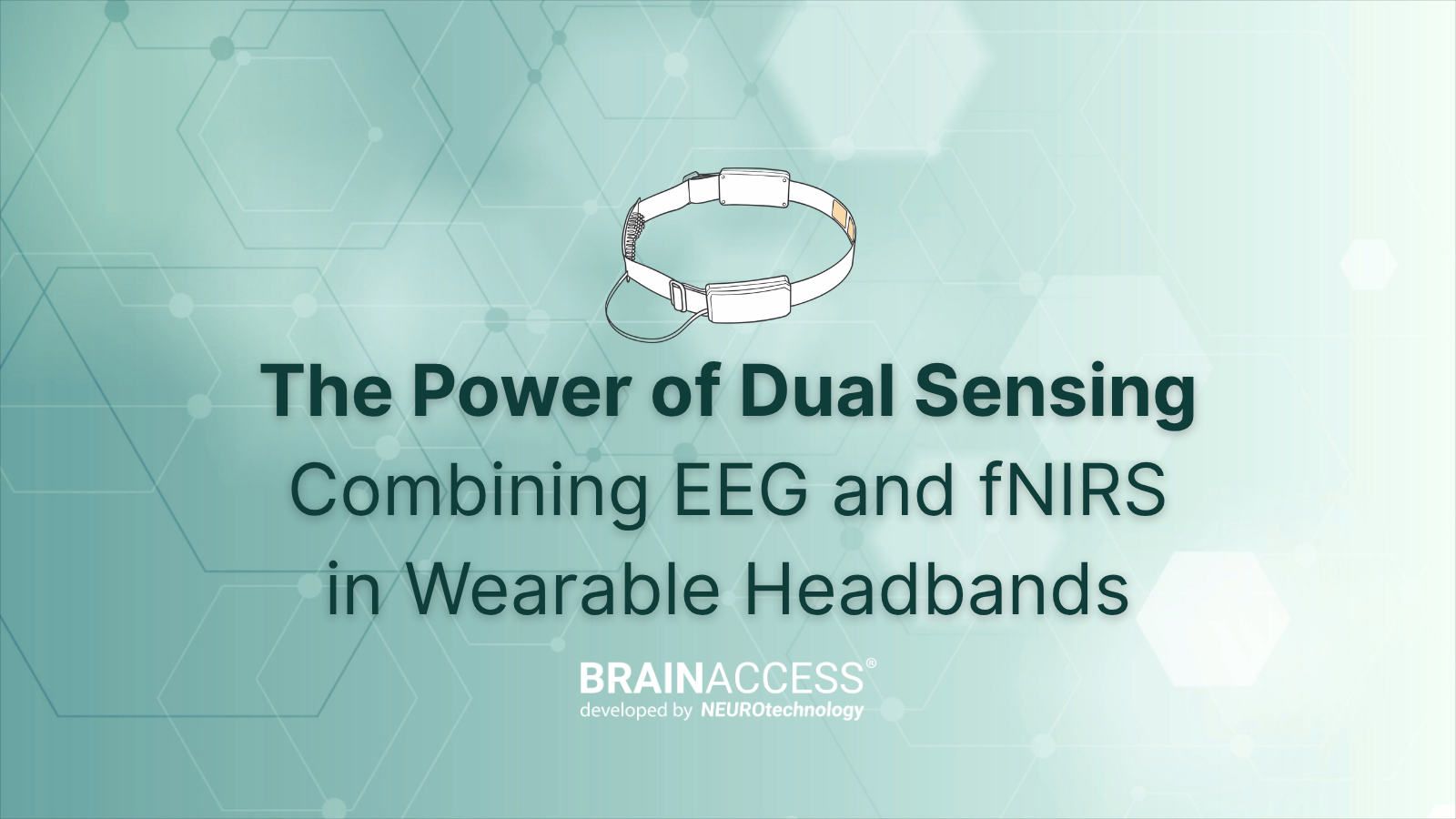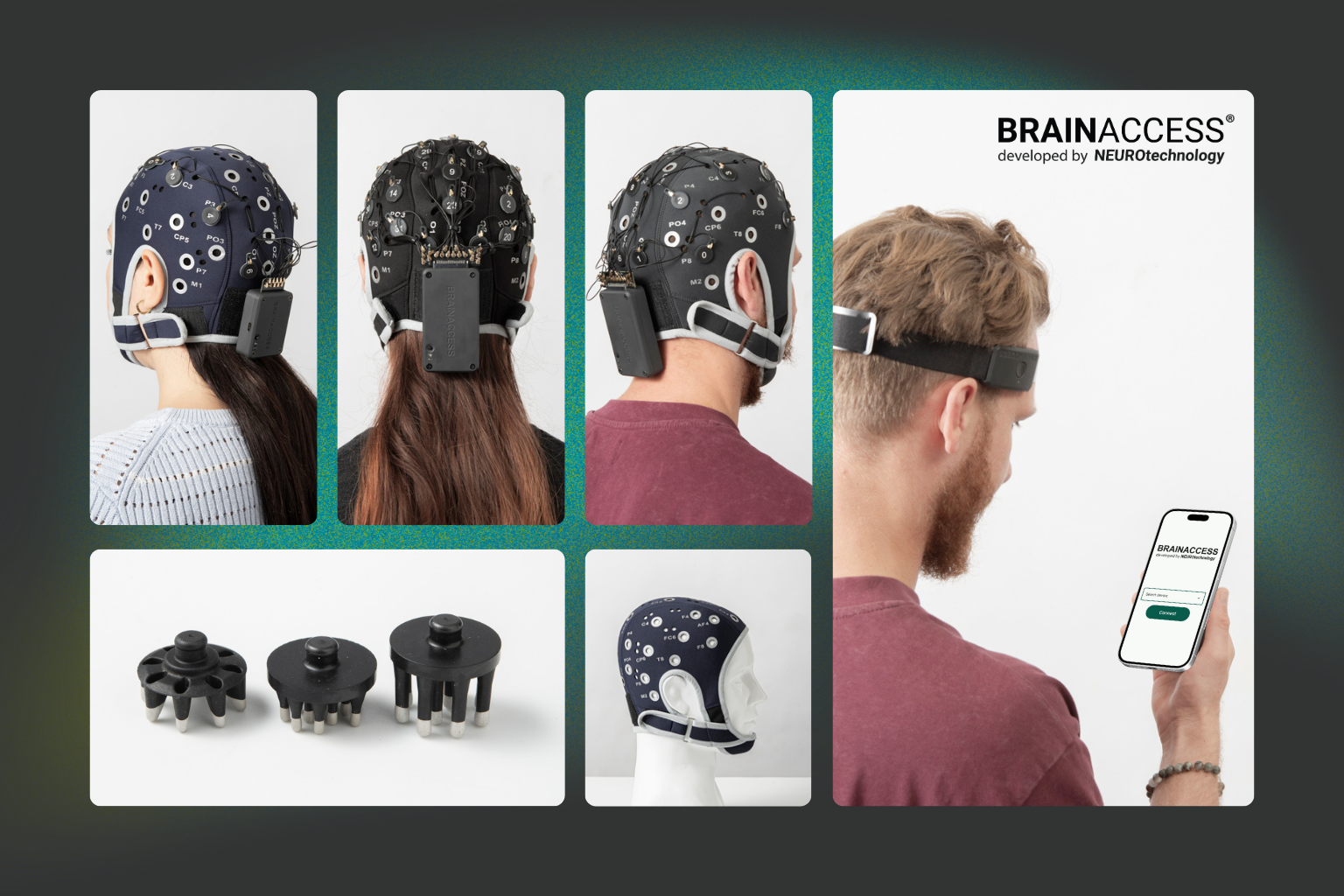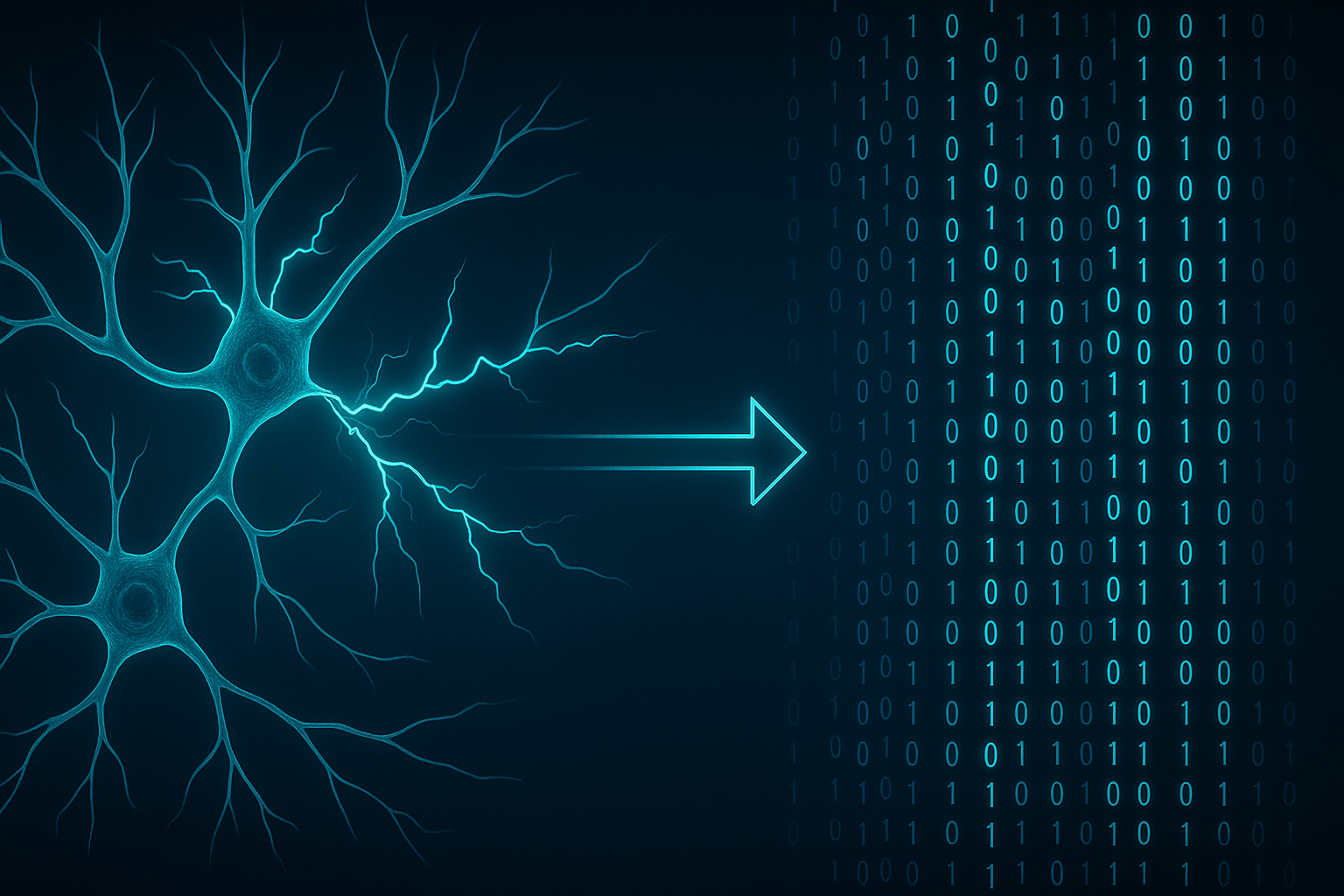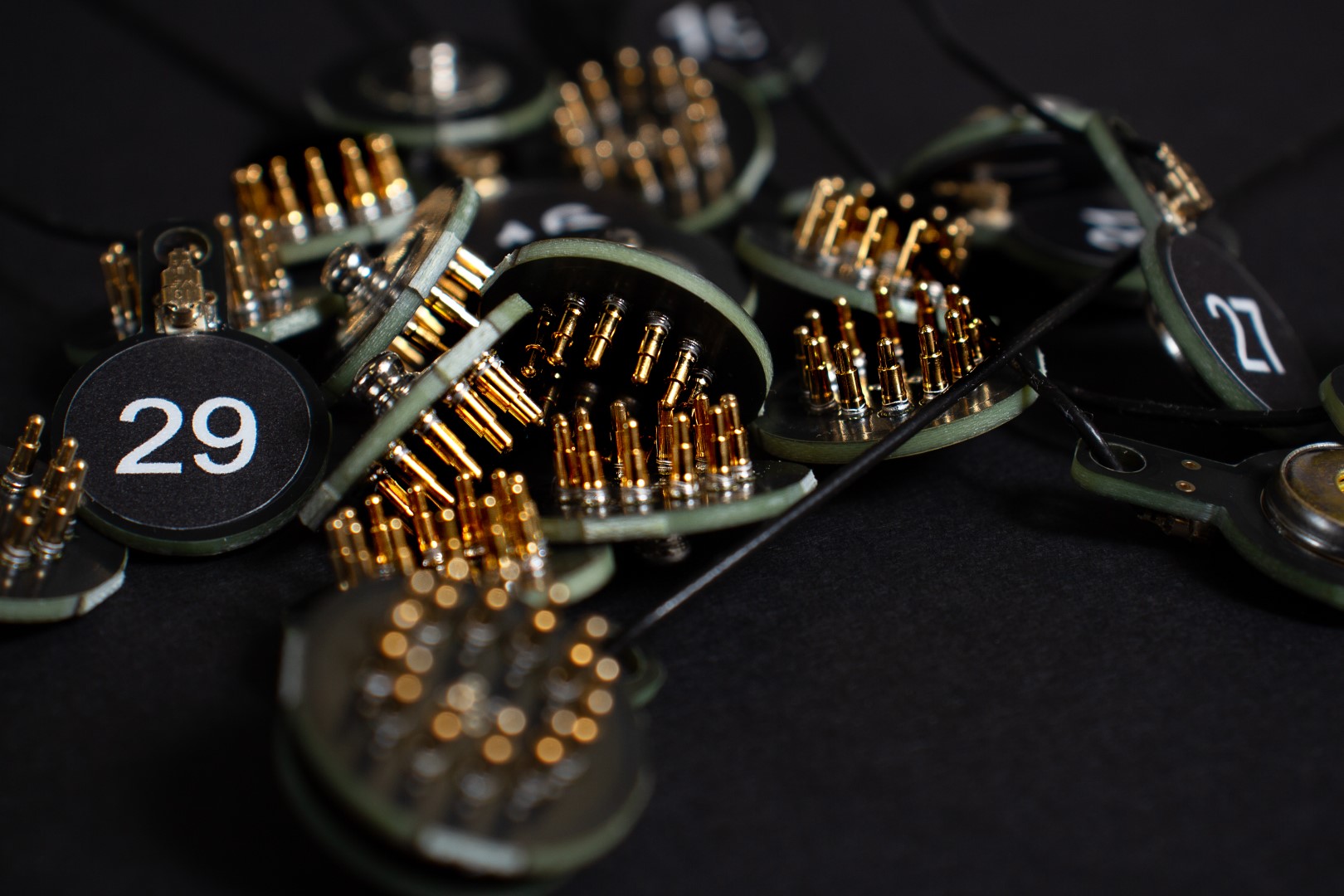Last weekend (November 29-30), we had the pleasure of sponsoring and participating in Heroes of the Brain 2025, a 24-hour neurohackathon organized by KN Neuron at the Wrocław University of Science and Technology in Poland and dedicated to creativity, neuroscience, and real-world … Read More
News

What EEG Reveals About the Consumer Brain on Black Friday and Cyber Monday
Black Friday and Cyber Monday bombard shoppers with irresistible discounts, triggering a flurry of neural activity as we decide whether to purchase that deal or not. Electroencephalography (EEG) records brain waves in real time, offering unique insight into these rapid-fire … Read More

The Power of Dual Sensing: Combining EEG and fNIRS in Wearable Headbands
The field of neurotechnology is evolving at an extraordinary pace, with wearable devices reshaping the way we study the human brain in natural, everyday settings. As these technologies become increasingly portable, affordable, and user-friendly, researchers can now collect high-quality neural … Read More

BrainAccess Release 2025: More Adaptable and Versatile Than Ever
We are excited to announce a new official release for BrainAccess, our complete EEG hardware-software ecosystem designed to make high-quality brain data collection accessible beyond the lab.This release marks a major milestone in our mission to empower researchers, developers, and … Read More
Lab Streaming Layer (LSL) Gets Its Reference Paper: A Milestone for Neuroscience Research
For over a decade, Lab Streaming Layer (LSL) has quietly transformed the way neuroscience and biomedical researchers collect and synchronize data. From brain-computer interfaces (BCI) to hyperscanning and Mobile Brain/Body Imaging (MoBI), LSL has become the de facto standard for … Read More
Neural Speech Tracking: From Lab Tool to Real-World Benchmark
Over the past decade, neural speech tracking has grown from a niche analytical tool into one of the most reliable ways to study how the brain processes natural, continuous speech. But what exactly does this mean, and why has the … Read More

From Brain to Bytes: How EEG Data is Captured
Have you ever wondered how brain activity becomes the waves and numbers you see in EEG software? At BrainAccess, this is our daily challenge: transforming faint electrical whispers of the brain into clear, reliable digital data that researchers, developers, and … Read More

Can a Headband Read Your Mind? Debunking EEG Myths
Wearable EEG headsets like our BrainAccess Halo are becoming increasingly prevalent in research labs, classrooms, sports training facilities, and even at home. They look sleek, they connect wirelessly, and yes… they measure your brain’s activity in real time. But can … Read More

Dry-contact EEG electrodes: materials, trade-offs, and our choice
Dry-contact electrodes make EEG faster to set up and easier to reuse. No more gel, no more sticky set ups, no more unhappy participants leaving the lab with dirty messy hair, and no more extra time needed for the cap … Read More

EEG Cap Restock Update — New Models Incoming!
We’re happy to announce that we have redesigned our EEG caps to offer better fit, comfort, and performance! The new and improved caps are on the way! The current version of the BrainAccess EEG caps is now sold out. We’re … Read More

